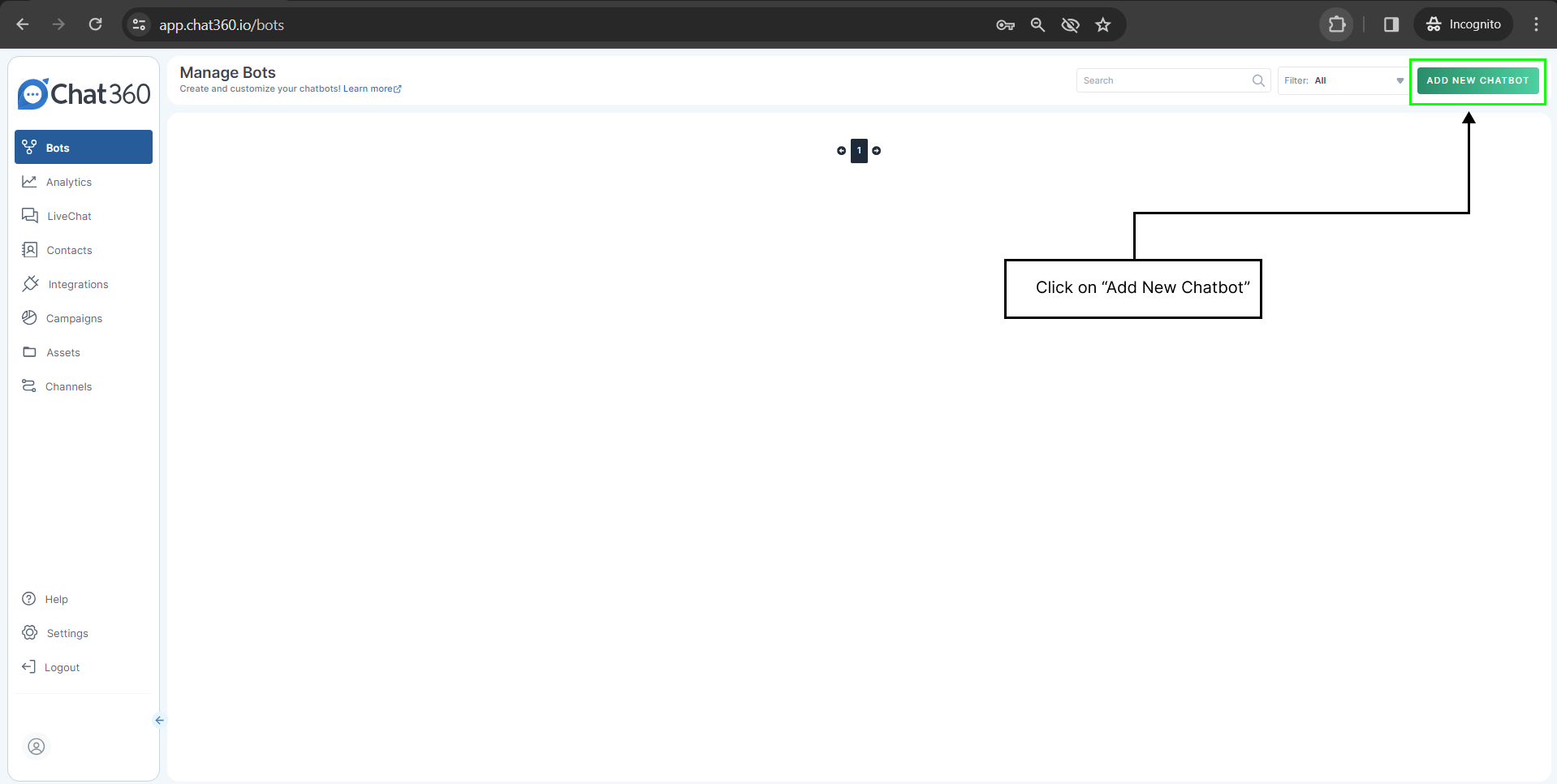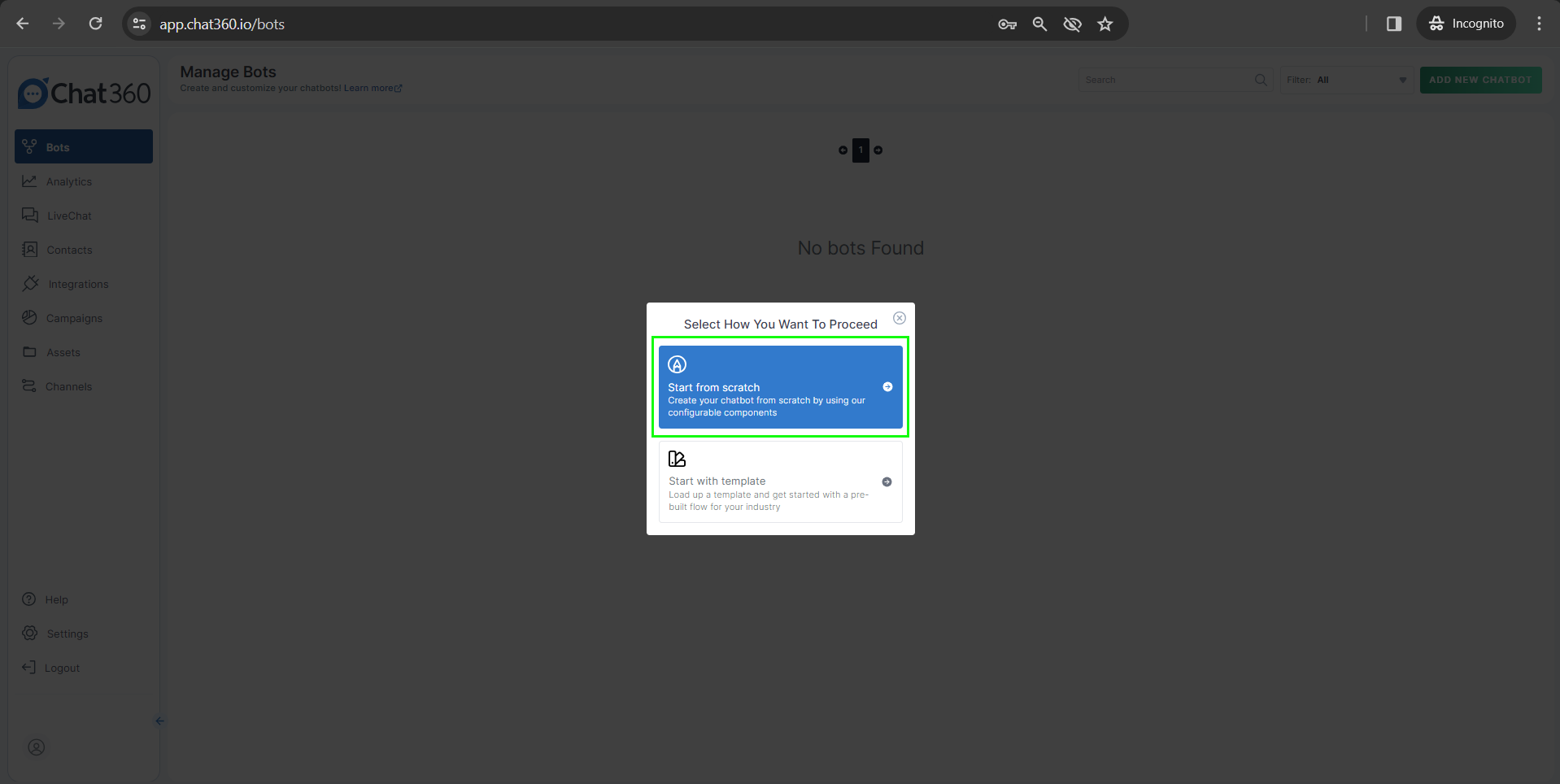In today’s digital era, businesses are constantly seeking ways to enhance user experiences on their websites. One remarkable solution that has gained widespread attention is chatbots.
Website chatbot integration has become a pivotal strategy for engaging users, improving customer service, and streamlining various processes.
In this blog post, we’ll delve into the intricacies of website chatbot integration, exploring what it is, why it’s essential, and how to implement it effectively.
What is Website Chatbot Integration?
Let’s start with the basics: What exactly is website chatbot integration? At its core, chatbot integration involves incorporating a chatbot into a website’s interface to interact with users.
These chatbots can vary in complexity, from rule-based chatbots that follow pre-set instructions to AI-powered chatbots capable of natural language understanding and learning.
Why Should You Integrate Chatbots into Your Website?
Now that we understand what website chatbot integration is, the next question is why businesses should consider it.
Here are some compelling reasons:
1. Improved Customer Service:
Chatbots provide instant responses to user queries, ensuring that visitors to your website receive timely assistance. This improves customer satisfaction and engagement.
2. 24/7 Availability:
Unlike human customer service representatives who have working hours, chatbots are available 24/7, catering to users’ needs around the clock.
3. Reduced Workload:
Chatbots can handle routine inquiries, freeing up human staff to focus on more complex tasks. This alleviates the burden on your customer support team.
4. Enhanced User Experience:
Interactive chatbots make website navigation easier and more enjoyable for users, leading to increased retention and conversions.
5. Data Collection:
Chatbots can collect valuable user data and feedback, providing insights that can be used to improve products and services.
6. Cost Efficiency:
Over time, chatbots can significantly reduce operational costs by automating tasks that would otherwise require human intervention.
Steps for Incorporating a Chatbot into Your Website
Now that we’ve established the “what” and “why” of chatbot integration, let’s discuss the “how.” Integrating a chatbot into your website involves several steps:
1. Sign up to Chat360: Create an account with Chat360, and go to the dashboard and click on “Add a new Chatbot”.

2. Select Web Bot to Design Your Chatbot: Click on “Start from Scratch”, Give your website chatbot a name, and Click on the website chatbot button you will be redirected to a blank canvas to create your website chatbot.

3. Selecting Web Bot: Give your website chatbot a name, and Click on the website chatbot button, and you will be redirected to a blank canvas to create your website chatbot.

4. Create Conversational Flows: Develop conversation flows and dialogues that the chatbot will follow. This includes designing responses for common user queries and setting up decision trees.

5. Publish the Website Chatbot and Integrate:
Put your website URL in the text area under Chat Widget Configuration and click on Publish, you’ll get a code. Copy & Paste this code under the header of your website.

Note: You might need a developers assistance for integrating this code in the backend of your website.
5. Train Your Chatbot: If you’re using an AI-powered chatbot, invest time in training it. Provide it with a database of information, FAQs, and common phrases to improve its understanding and responses.

6. Test and Optimize: Thoroughly test the chatbot on your website to ensure it functions as intended. Collect user feedback and make continuous improvements based on user interactions.
Best Practices for Successful Integration
For a seamless chatbot integration experience, consider these best practices:
- Customization:
- Customize your chatbot’s appearance and tone to align with your brand identity.
- User-Friendly Interface:
- Ensure that the chatbot’s user interface is intuitive and easy to use.
- AI Training:
- Continuously train your AI chatbot to improve its performance and understanding of user queries.
- Privacy and Security:
- Establish stringent security protocols to safeguard user data and guarantee privacy.
- Monitoring and Reporting:
- Keep track of chatbot interactions and gather data to assess its effectiveness.
Use Cases and Examples
To illustrate the impact of chatbot integration, let’s look at a few use cases and examples:
1. E-commerce: Online retailers use chatbots to assist customers with product inquiries, track orders, and provide personalized recommendations, leading to increased sales and improved customer experiences.
2. Healthcare: Healthcare websites integrate chatbots to help patients with appointment scheduling, symptom assessment, and medication reminders, enhancing patient care and engagement.
3. Finance: Financial institutions use chatbots for customer support, helping users with account inquiries, transaction history, and even basic financial advice.
Challenges and Solutions
While website chatbot integration offers numerous benefits, there can be challenges along the way.
Some common challenges include:
- Technical Complexity:
- Integrating a chatbot may require technical expertise. Consider hiring developers or using user-friendly chatbot platforms to simplify the process.
- Natural Language Understanding:
- AI chatbots may struggle with nuanced language. Continuously train your chatbot and provide it with a substantial knowledge base to improve understanding.
- Privacy Concerns:
- Address user privacy concerns by implementing robust data protection measures and ensuring compliance with relevant regulations.
Future Trends in Chatbot Integration
The field of chatbot integration is constantly evolving.
Here are some future trends to watch:
- Voice Integration:
- Chatbots will increasingly support voice interactions, enabling users to converse with them using natural language.
- Multilingual Chatbots:
- Chatbots will become more adept at handling multiple languages, facilitating global reach.
- AI Advancements:
- Continued advancements in AI will lead to more sophisticated chatbots with improved natural language processing capabilities.
Website chatbot integration is a powerful strategy for enhancing user experiences, improving customer service, and streamlining business processes. By understanding what it is, why it’s essential, and how to implement it effectively, businesses can leverage chatbots to engage users, reduce workload, and stay competitive in the digital landscape.
As chatbot technology continues to evolve, the possibilities for enhancing website functionality and user engagement are limitless. Embrace this transformative technology and unlock its potential for your business today.
Schedule a free demo today!
